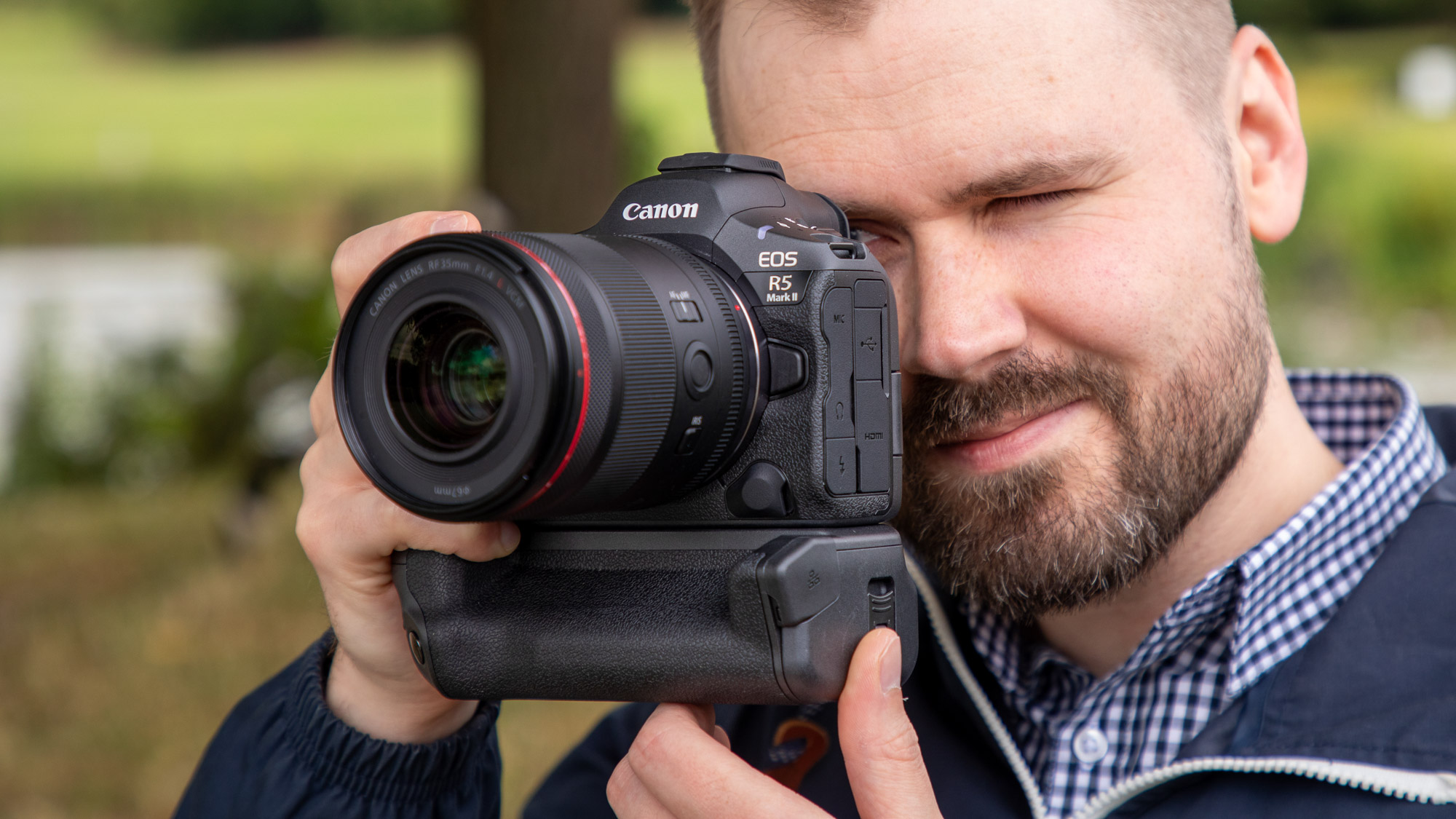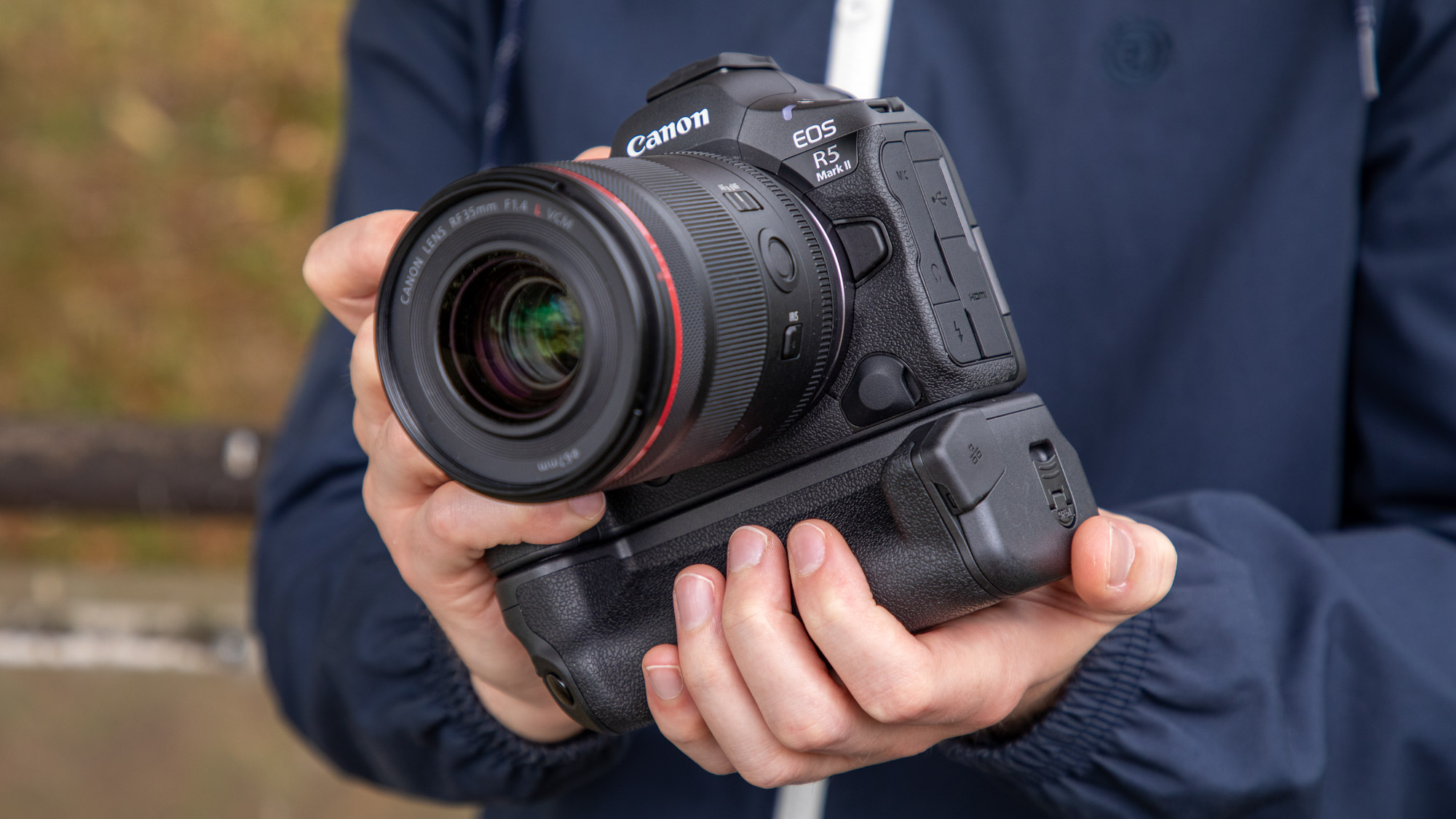
While the simultaneous launch of the Canon EOS R1 flagship and Canon R5 Mark II hybrid powerhouse cameras have rightly stolen today's headlines, you may have missed that Canon also dropped a trio of battery grips specifically for the R5 Mark II.
This is an interesting development (to me at least) as the majority of cameras are lucky if they get a single grip made for them. And while I always expected to get a grip for a professional camera such as the EOS R5 Mark II, I didn’t expect to have three that each offers unique features.
It reminded me a little bit of Nikon’s old MB-D12 grip for the Nikon D810, which boosted the maximum continuous shooting rate from 5fps to 6fps. I know it’s pedestrian by today's standards, but it's a good example of how the extra power from two batteries can provide other benefits other than the obvious portrait orientation shooting that grips usually offer.
Let's take a closer look at the three options, what they do and how much they cost.
The BG-R20 is the most entry-level of the three, and is the basic grip you’d expect to see, enabling two of Canon's LP-E6P batteries to be inserted so that you can shoot stills or video for longer without having to change batteries.
Of course, it also makes it much more comfortable to shoot in the portrait orientation – giving the EOS R5 Mark II a profile more similar to the EOS R3 or R1 with additional shutter buttons, command dials, autofocus selector joysticks and buttons along the base of the camera.
While both the R1 and R5 Mark II are Canon's first EOS cameras to feature Wi-Fi6E/11ax and impressive 6GHz speeds in-body, it’s only the EOS R1 that gets a built-in 2.5G RJ45 ethernet port. However, that’s where the BG-R20EP grip comes in.
The best camera deals, reviews, product advice, and unmissable photography news, direct to your inbox!
It's essentially identical to the BG-R20, but also features a 2.5G Base-T ethernet port for those who need faster wired transfer speeds – and could come in handy for shifting the EOS R5 Mark II's beefy 45MP RAW files and 8K 60p videos.
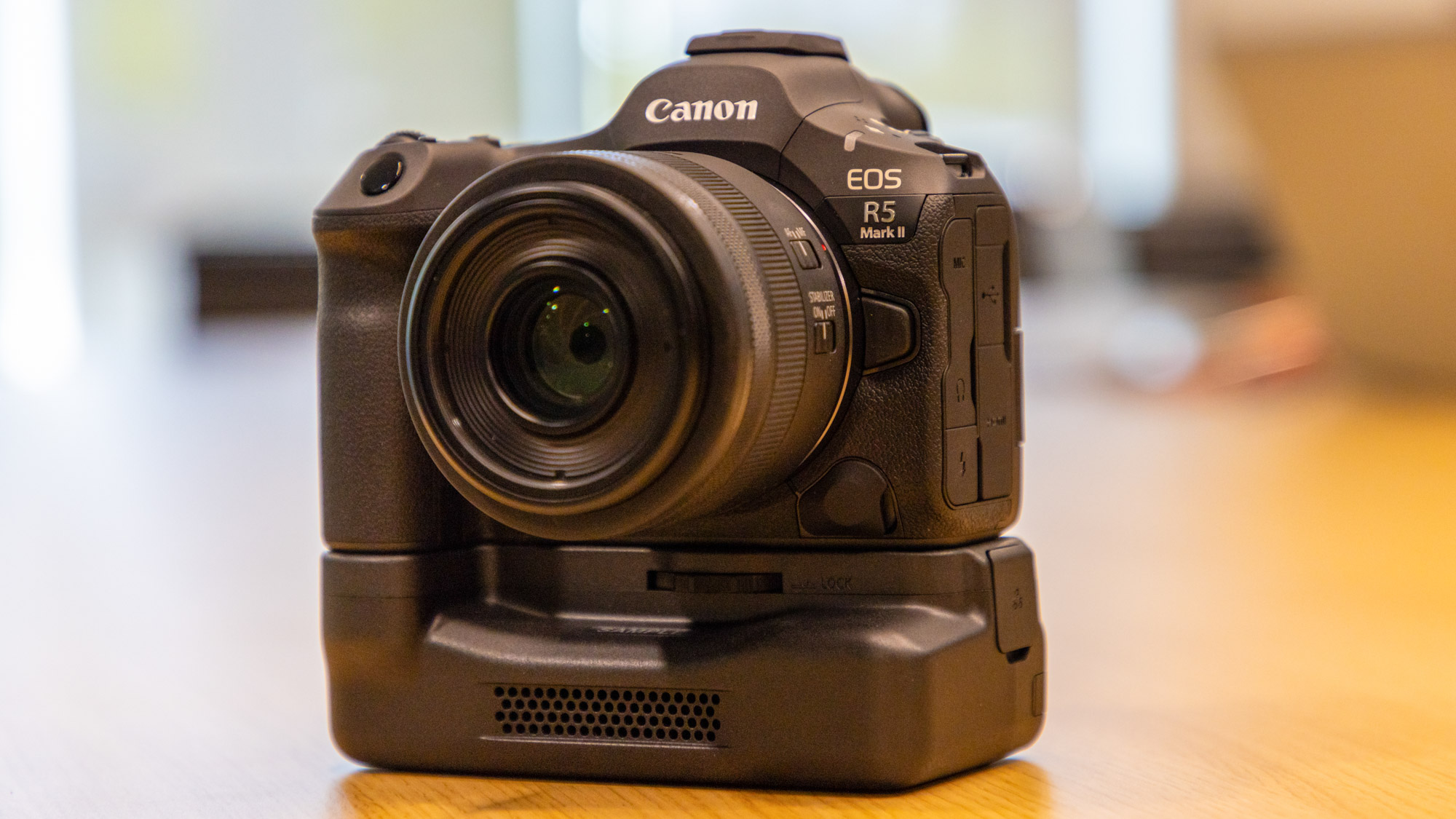
The Cooling Fan CF-R20EP grip is powered by two LP-E6P batteries and can extend the native 8K 30p recording time from around 26 minutes to over 120 minutes
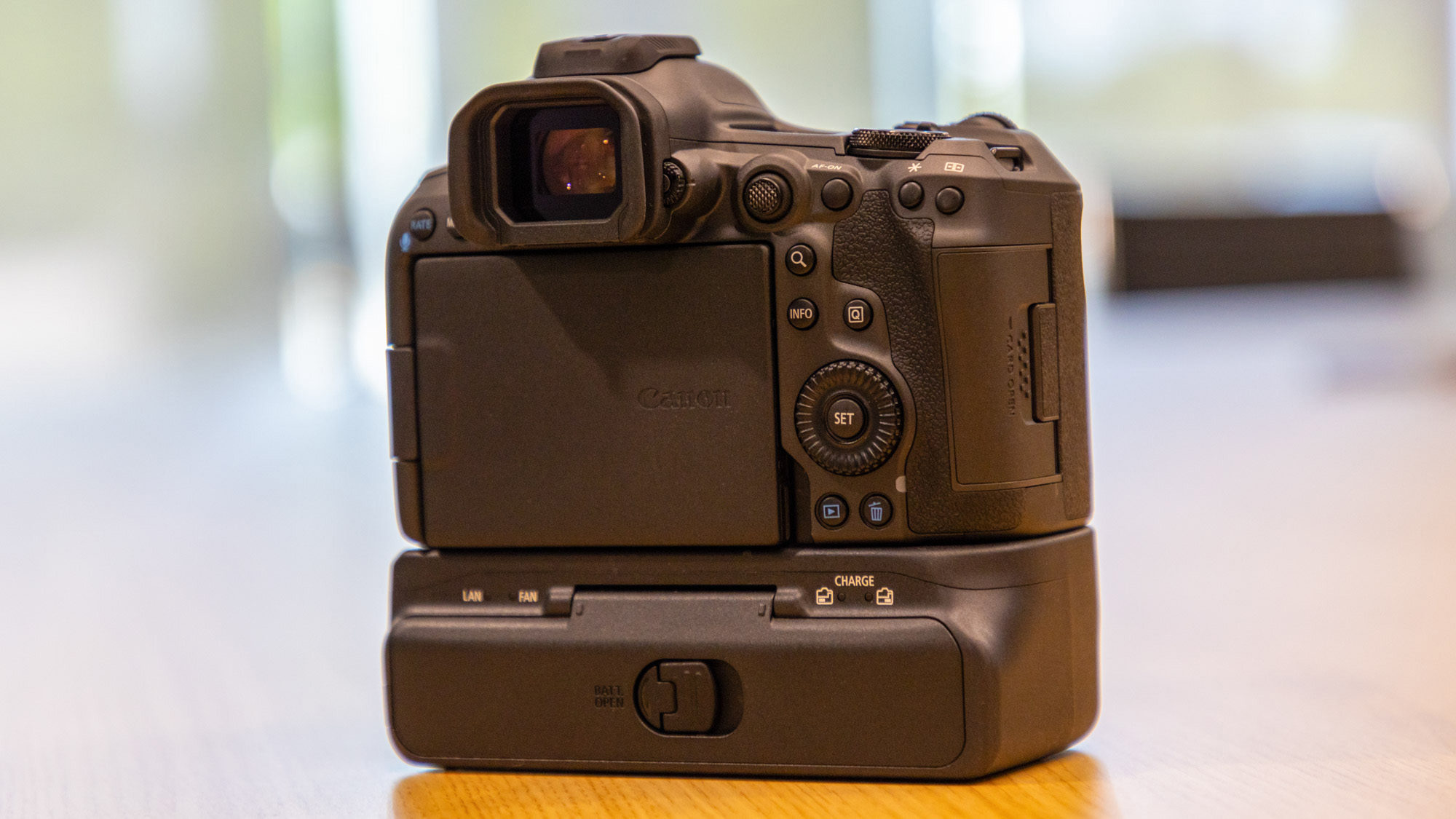
The third grip in the lineup is the CF-R20EP, which was the grip I found most interesting. It's not your usual battery grip as it doesn’t have the secondary set of buttons and dials to help you shoot in the portrait orientation – that’s not what this grip is for.
Instead it features a cooling fan, which works in tandem with the passive cooling vents in the base and side of the EOS R5 Mark II, to provide an active cooling system that blows cool air through and reduces overheating.
The EOS R5 II can shoot for around 26 minutes at 8K 30p natively, though this is extended to over 120 minutes with the battery fan grip. When it comes to 4K 60p the camera can record around 22 minutes natively before it gets too hot, but can record indefinitely with the CF-R20EP in place.
The grip takes two of the LP-E6P batteries, has three power settings (Low, Medium and High) and, like the BG-R20EP, it also features a 2.5G Base-T ethernet port.
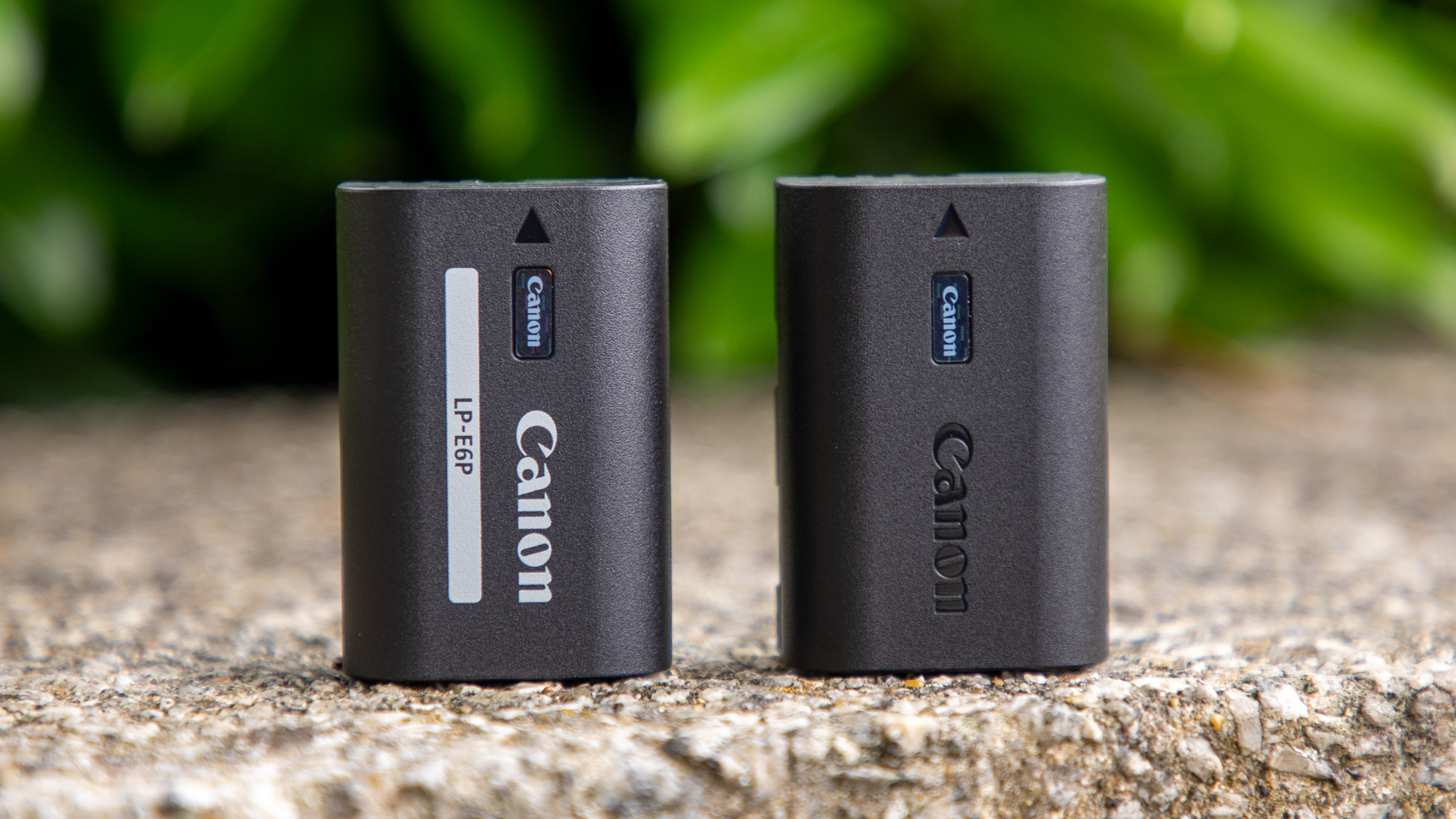
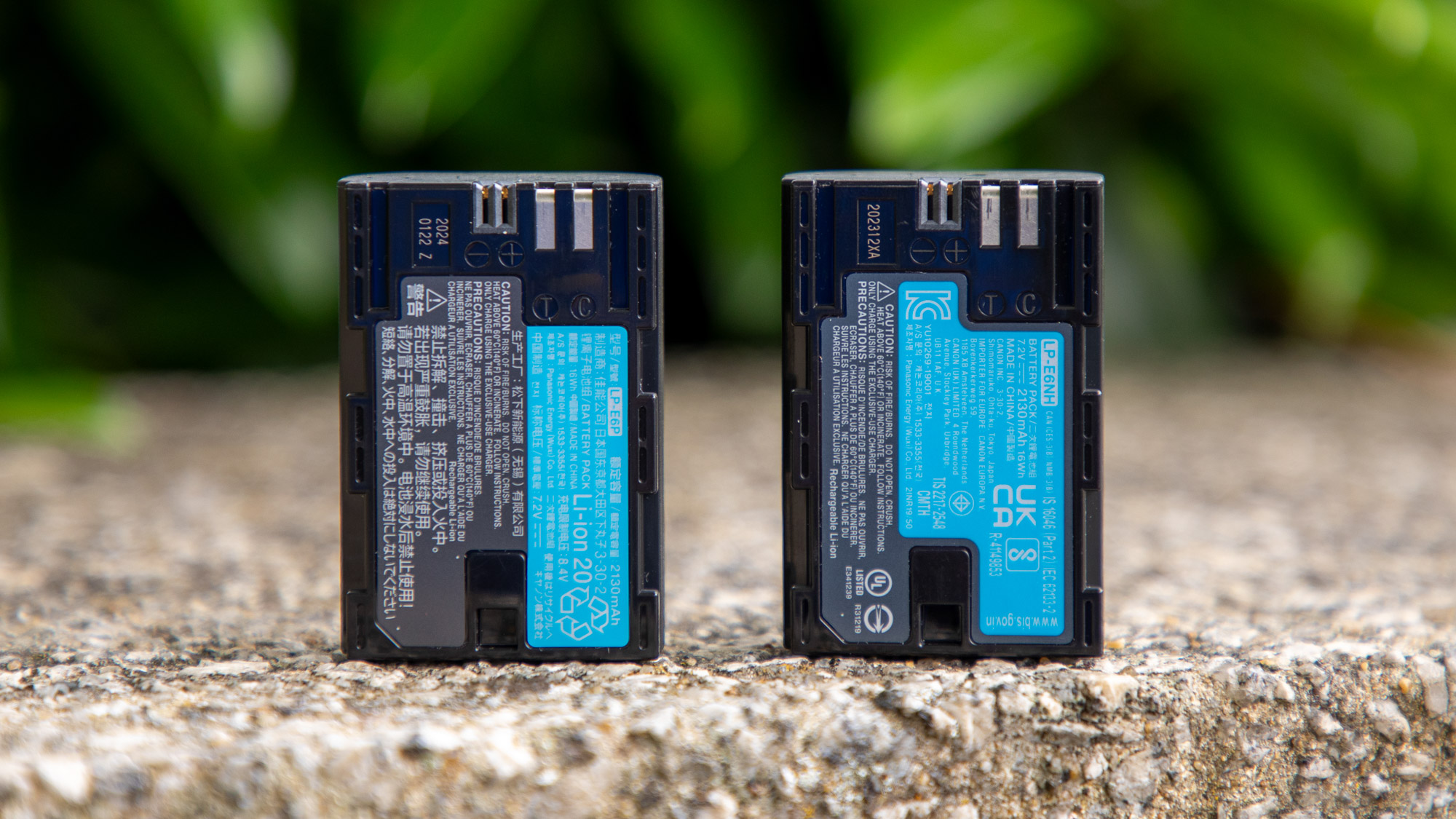
The BG-R20 is backward-compatible with the original EOS R5, EOS R6 and EOS R6 Mark II – however, the older BG-R10 grip for the earlier bodies is not forward-compatible with the R5 Mark II. The BG-R20EP and CF-R20EP grips, meanwhile, are only compatible with the new camera.
We’ve also been told that while the grips will work with the older style of EP-6NH batteries, to get the full functionality from features such as 8K video you will need to use Canon's more powerful LP-E6P batteries.
The BG-R20 has an RRP of £489.99 (US and Australian pricing to follow), the BG-R20EP will cost £679.99 and the CF-R20EP will retail for £549.99. Sales for all the grips starts on August 20, the same date as the Canon EOS R5 Mark II starts shipping.
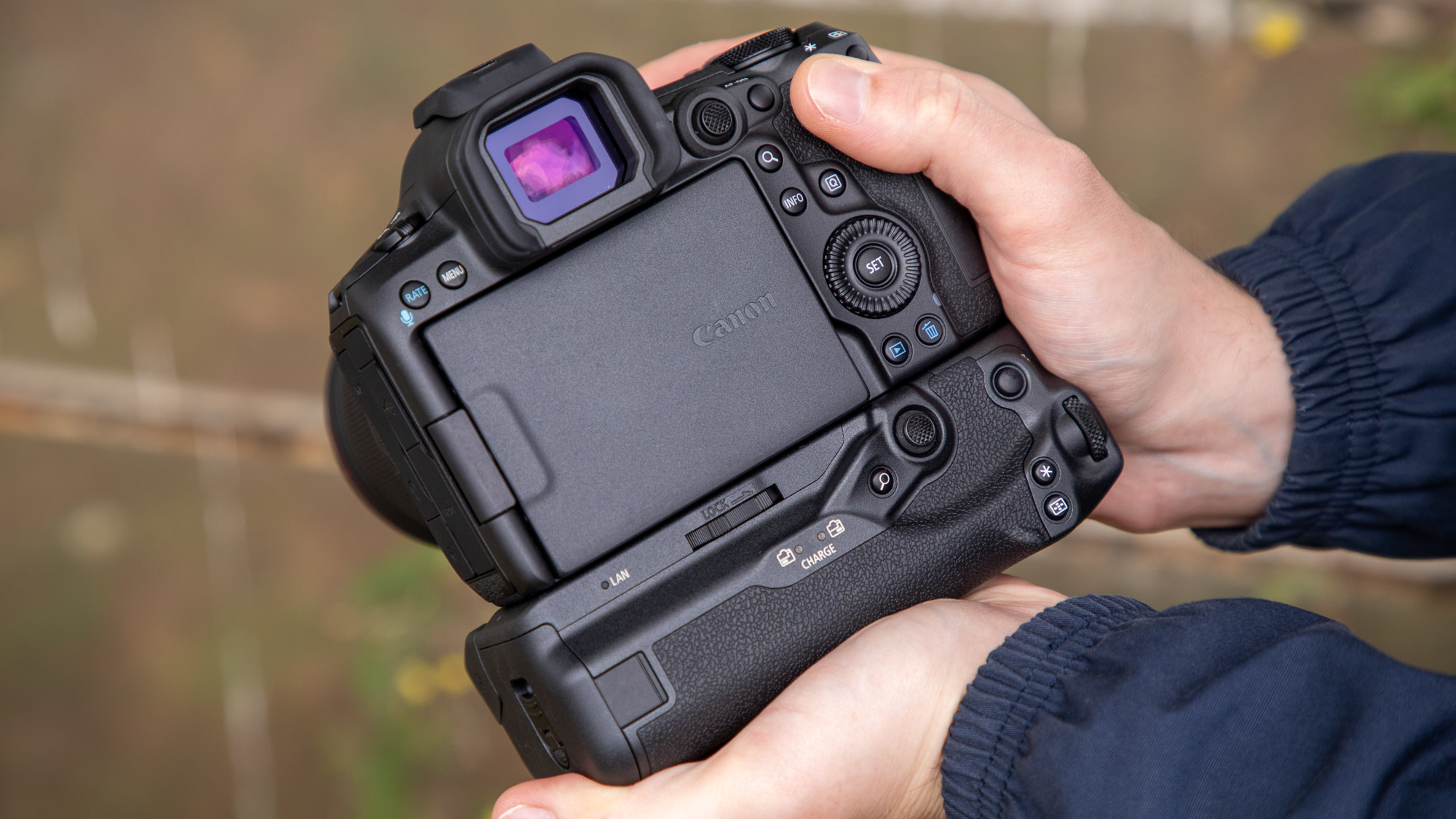
You might be interested in our Canon EOS R5 Mark II review and our Canon EOS R1 review, both written by DCW editor James Artaius who has spent a lot of time using both cameras.

In addition to being a freelance photographer and filmmaker, Dan is a bona fide expert on all things Canon and Adobe. Not only is he an Adobe-certified Photoshop guru, he's spent over 10 years writing for specialist magazines including stints as the Deputy Editor for PhotoPlus: The Canon Magazine, Technical Editor for Practical Photography and Photoshop Editor on Digital Photo.
